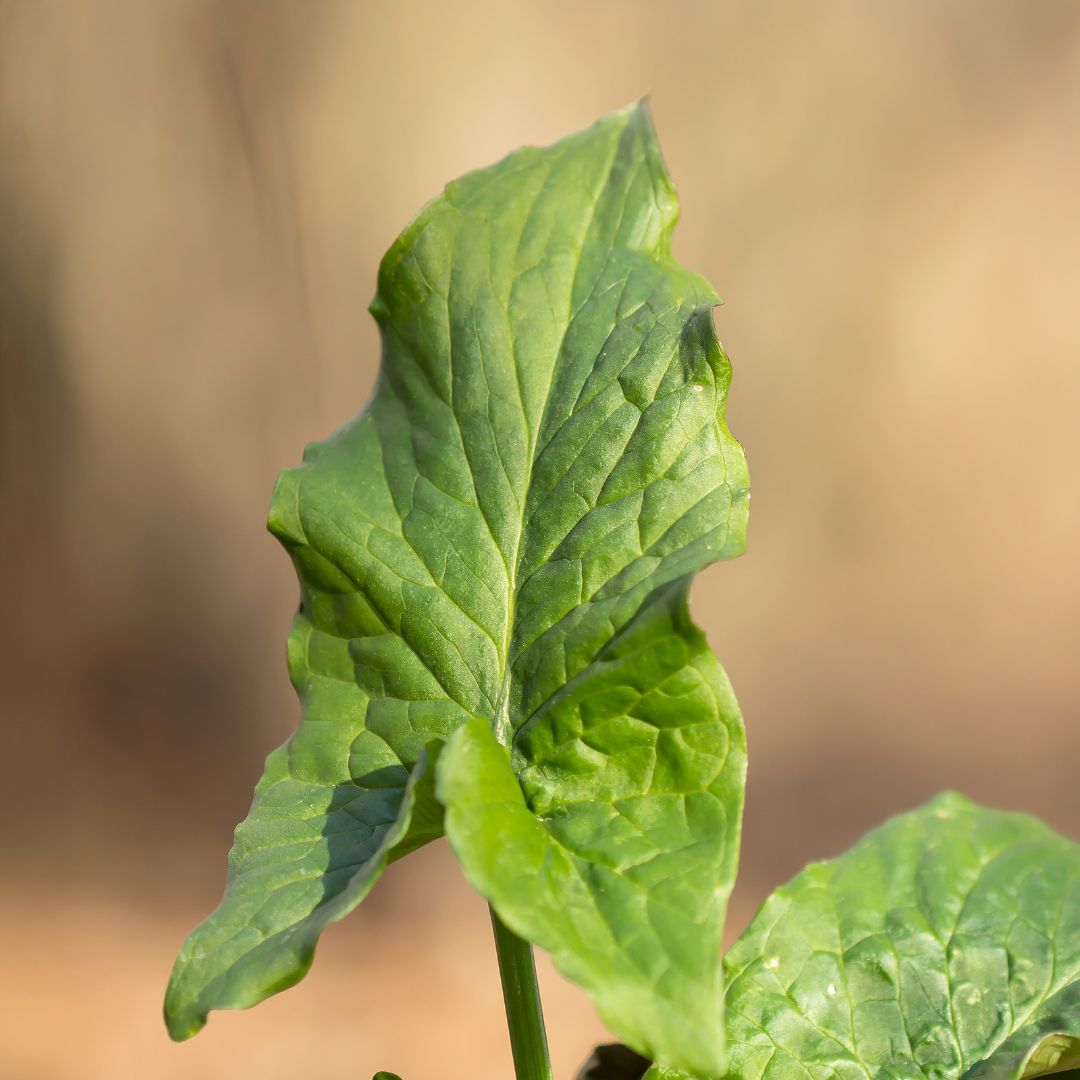”This plant is always a danger when picking wild garlic so as we approach the season it’s important to be cautious. It can sit hiding in plain site in springtimes most popular wild edible. It also looks similar to sorrel but the environments are normally different although I do find them together on field and hedgerow fringes.
GeorgeFlavour Fred
Calcium oxalate crystals sit within the plant are needle shaped and if eaten will pierce lips, skin, throat resulting in burning sensation as well swelling. Swelling of the throat can be a seriously shocking experience as you become short of breath due to your airways closing up. This is not an experience I would wish on anyone. Anyone who gets kidney stones will be told to avoid oxalic acid as it bonds with calcium. This plant has it preprepared in the leaves.
So whilst we get excited about the upcoming season and especially wild garlic please please be careful. It may seem easy to pick a lot of wild garlic but do it with caution, only take what you need and leave the rest for nature.
Collecting large quantities in my opinion is a risk and seems very easy as wild garlic can carpet the woodland floor. Truth is you need to check every leaf and know how to distinguish the stems in order to safely remove.
Lords & Ladies has a great history behind it so not just a warning on the risks. The root is full of a milky starchy sap and if treated properly these tubers are edible. I am not advising trying this without properly researching please. In Elizabethan times the sometimes the starch from the root of “Lords & Ladies” was used to press the ruffs which is an item of clothing worn around the neck in the. 16th & 17th century. The starch from the root can also be used to make a type of arrowroot which is a useful food starch known more in the Victorian era but obviously needs the correct preparation. In other parts of the world tapioca, cassava and many other root stocks have been used to get this starch that can be used in many types of cooking.


 ZERO WASTE
ZERO WASTE 
